SUMMARY
This is AI generated summarization, which may have errors. For context, always refer to the full article.
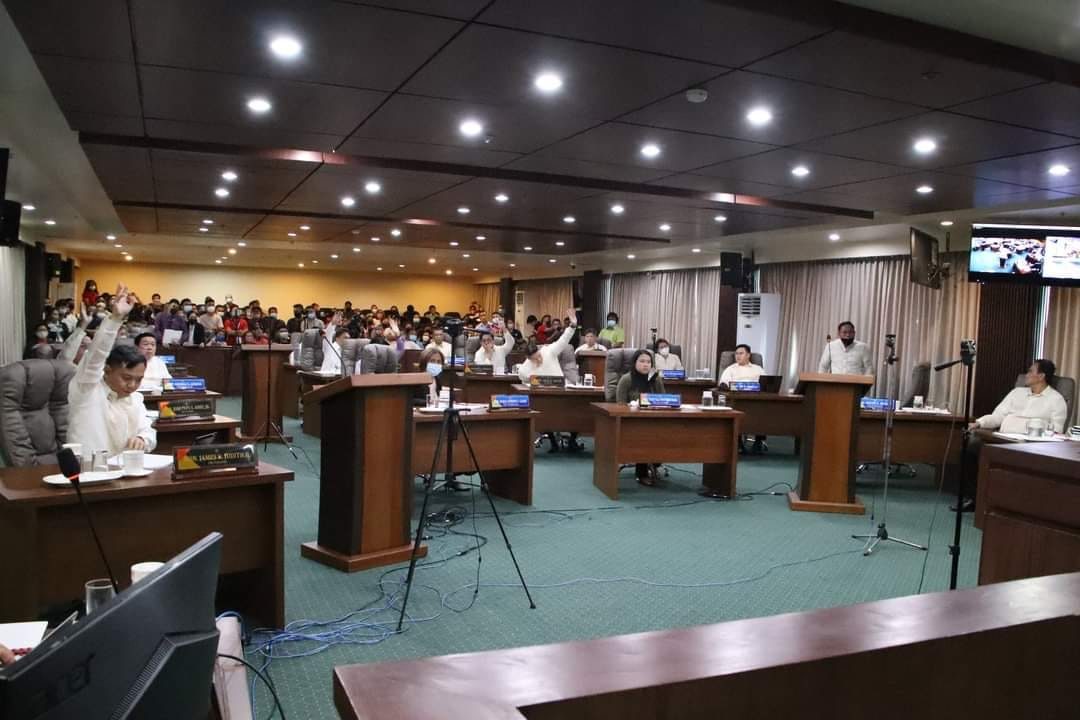
CAGAYAN DE ORO, Philippines – Cagayan de Oro councilors moved to name 40 of the city’s 80 barangays that have been known for years only for their designated numbers.
“Numbers are somewhat boring, and confusing,” Councilor James Judith, who authored a proposed ordinance that seeks names for half the city’s barangays, told Rappler on Saturday, November 5.
In 1972, the city government divided the city into 80 smaller territorial and administrative districts, and merely assigned numbers to half of the smallest units of government.
Just like 40 of Cagayan de Oro’s 80 villages, Judith said many barangays throughout the country have remained nameless for years.
Local historian Agnes Paulita “Nanette” Roa said Cagayan de Oro was the first to designate numbers on downtown barangays when the late lawyer Reuben Canoy was the city’s mayor.
Canoy, who served as Cagayan de Oro from 1971 to 1976, died in July.
Roa said the barangays with designated numbers were relatively smaller territories which had only about 100 families each at that time.
The bigger barangays outside the city proper already had names even before they were officially recognized as government units.
Judith and the proposal’s co-author, Councilor Malvern Esparcia, said the 40 barangays can retain their designated numbers, but could have proper names at the same time.
“A lot of people don’t know where the barangays are because these places are nameless. Give them names and we get rid of the confusion,” Judith said.
The councilors proposed that the barangays be named based on their unique features, known landmarks, history or even in honor of notable Kagay-anons who lived in these places when they were still alive.
For instance, he said, an area in the city’s old commercial district was designated as Barangay 12, and yet people refer to the place as Monte Carlo, the name of a commercial establishment it became associated with.
Monte Carlo, according to Roa, was a nightclub that did business in the area many years ago.
Roa also suggested that city hall consider merging the smaller areas such as Barangay Numbers 5, 6, 8, and 9 rather than naming them Divisoria-South, Divisoria-West, Divisoria-North, and Divisoria-East.
“They’re all in the Divisoria area,” she said.
Cagayan de Oro’s Divisoria is a park with criss-crossing streets near city hall and the Jesuit-owned Xavier University-Ateneo de Cagayan. It was built in the early 20th century to serve as a fire breach, and the area has since grown into a major commercial district in the city.
Jaime Joshua Frias II, a former chairman of Barangay 23, said it was a good idea to name the barangays to honor distinguished Kagay-anons for their contribution to the city’s growth and history. – Rappler.com
Add a comment
How does this make you feel?

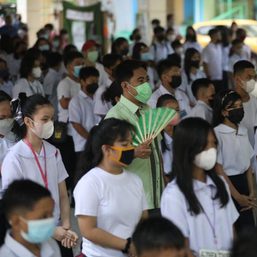
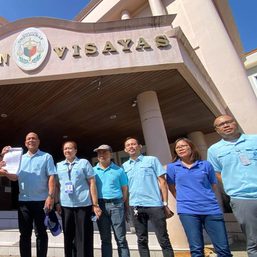
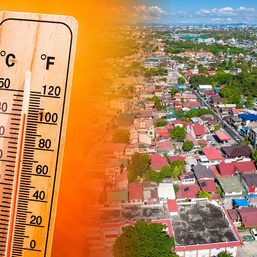

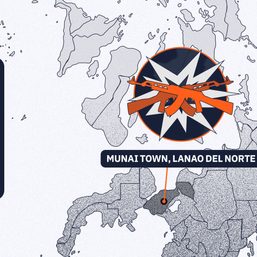
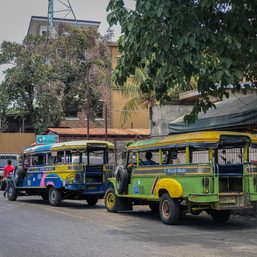
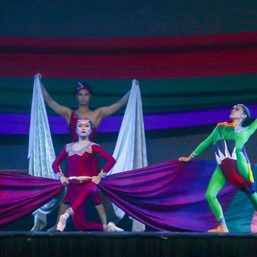
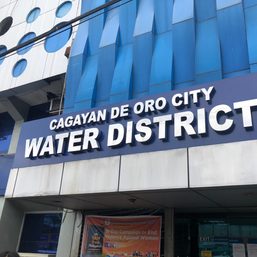
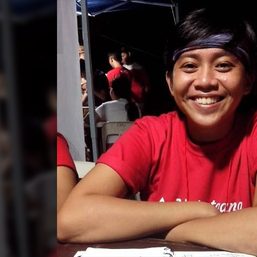
There are no comments yet. Add your comment to start the conversation.